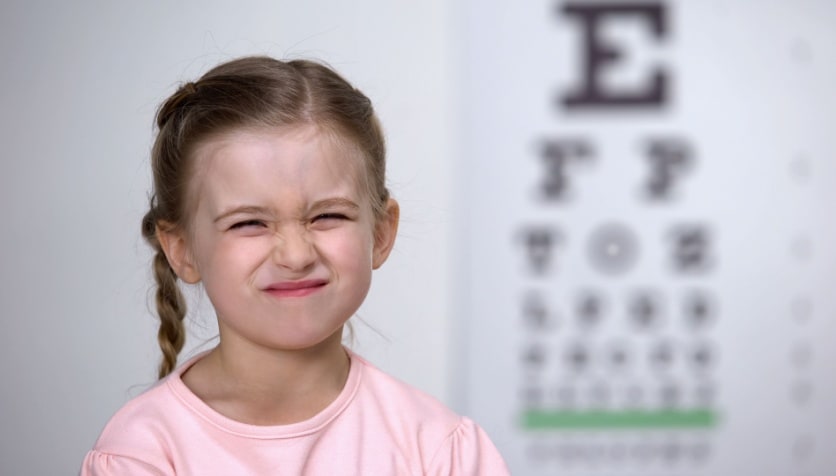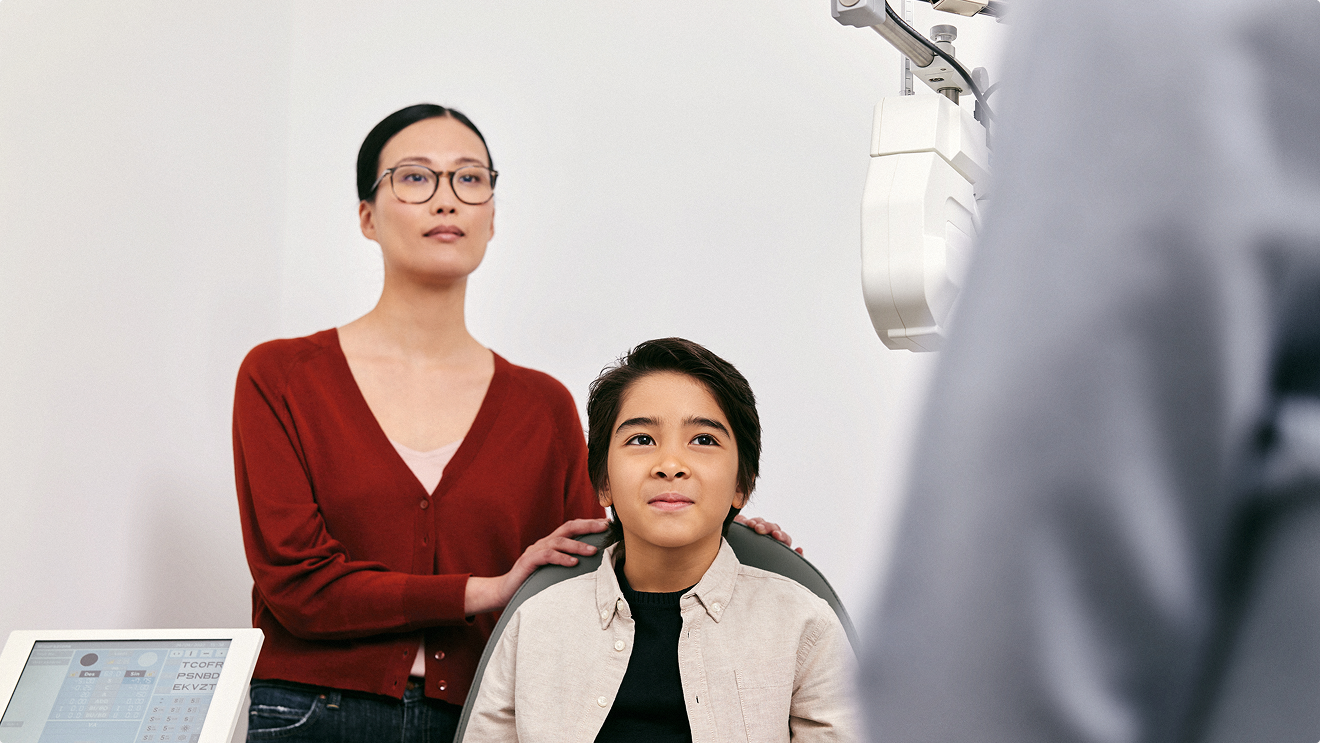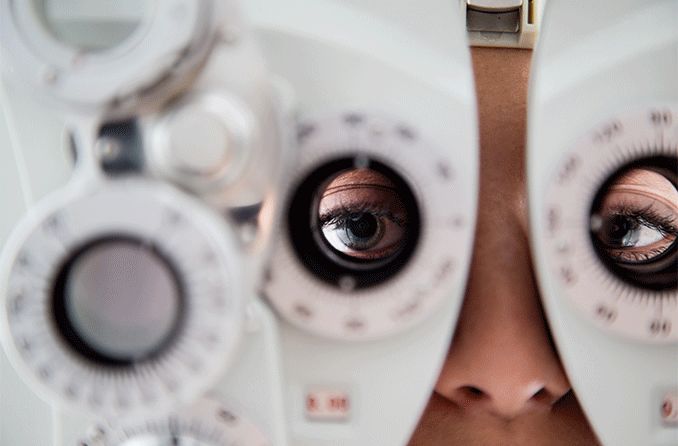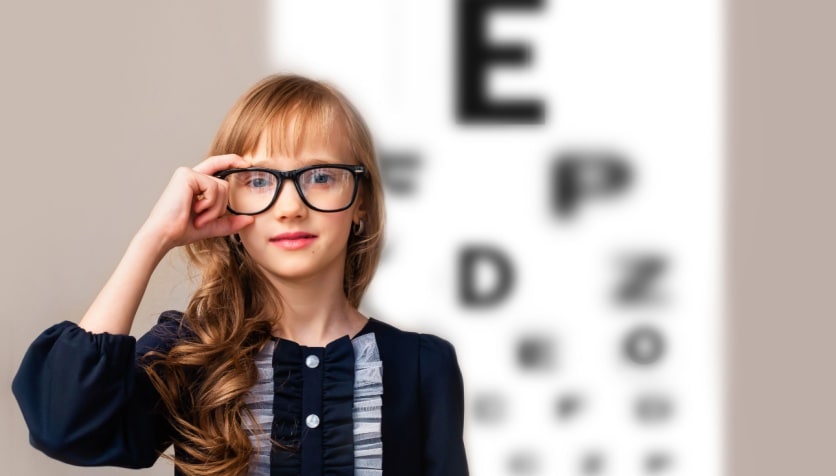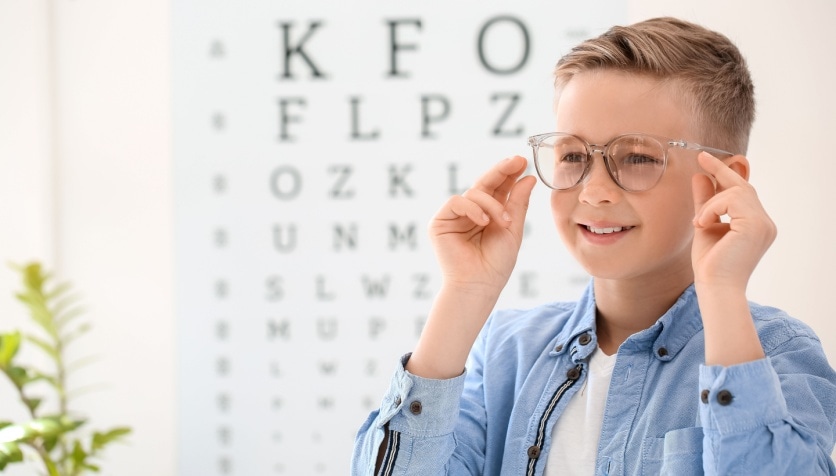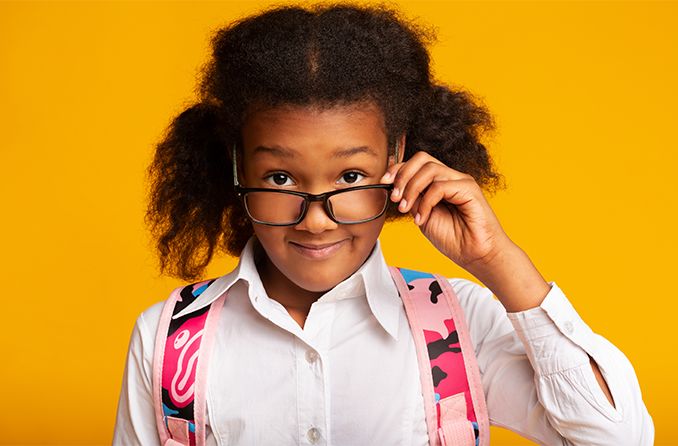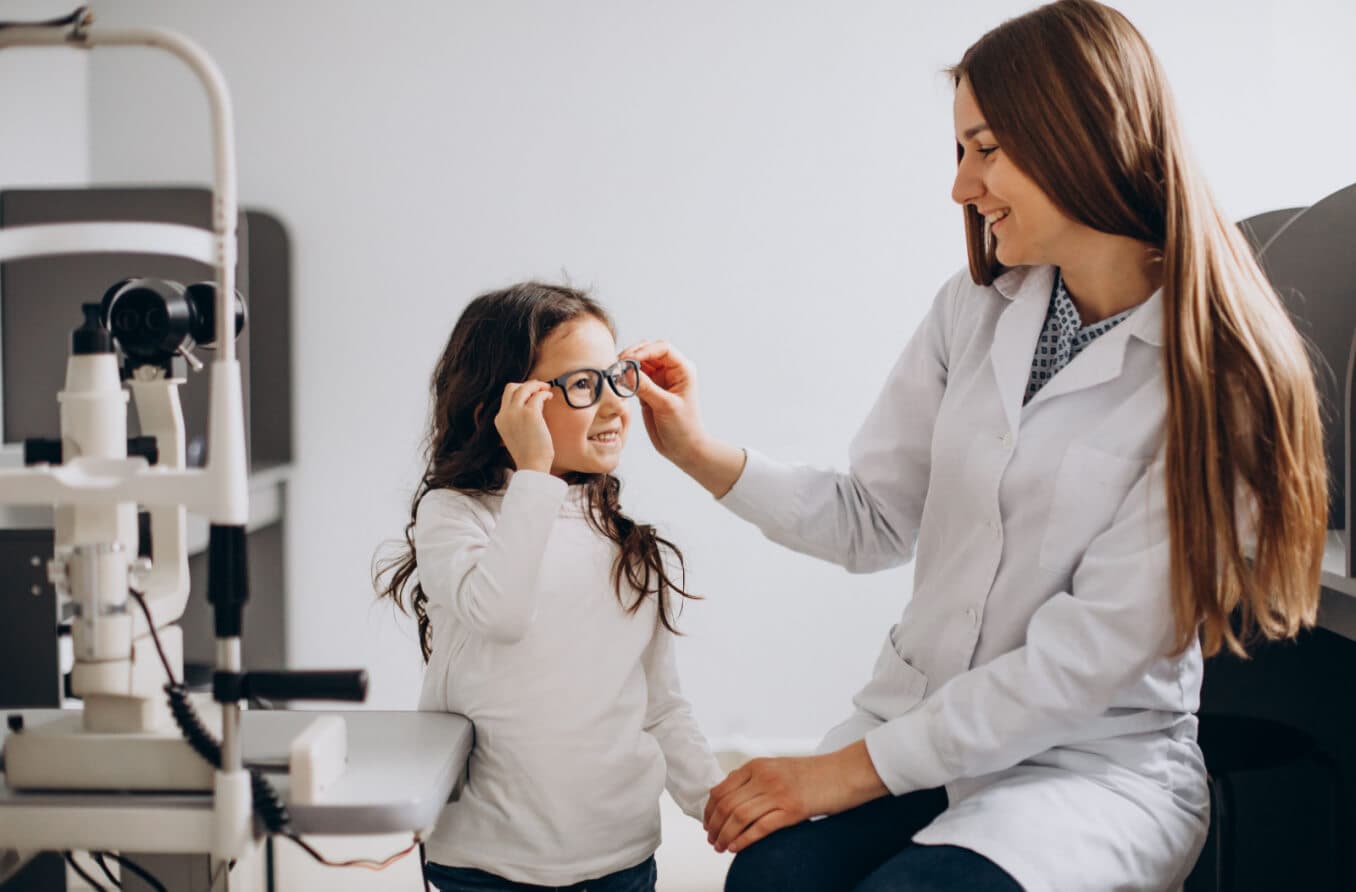In some cases, myopia (nearsightedness) can lead to serious complications, including blindness. Myopia can be progressive, and if it progresses into high myopia, these complications become more likely. Controlling progressive myopia in childhood can reduce the risk for these complications.
Myopia primarily occurs when the eyeball grows too long during childhood. This causes light entering the eye to come to a focus in front of the retina instead of directly on the retina. The result is blurry distance vision, although close-up vision remains clear.
Progressive myopia is when the eyeball continues to grow even longer. This growth makes distance vision worse and worse. People with progressive myopia can eventually develop high myopia (severe myopia).
LEARN MORE: Why myopia progression is a concern

Low myopia does not carry as much risk of developing serious eye problems as high myopia. But the more myopia progresses, the higher the risk becomes for developing:
Each of these conditions can potentially lead to blindness. People with higher amounts of myopia have a greater risk for these conditions because of how myopia progression changes the eyes.
As the eyes grow and elongate, the retinas and other tissues stretch and become thin. These weakened tissues are more vulnerable to damage and disease. They are also less able to function properly.
Most people with low or moderate myopia can achieve clear distance vision with methods such as:
Laser eye surgery, like LASIK
However, standard prescription lenses do not stop or slow down myopia progression. This is why vision prescriptions continue to change over the years. In fact, wearing standard lenses that are not strong enough can make myopia progress even faster.
The good news is that there are other methods available to help slow down myopia progression. Slowing myopia progression can reduce a child's risk for high myopia and its complications. These methods are called myopia control and include:
Myopia control eyeglasses
Myopia control contact lenses
Ensuring children spend at least 90 minutes in outdoor sunlight every day
Reducing or limiting screen time on digital devices
Encouraging children to follow the 20-20-20 rule
Early detection of myopia is key because myopia progression begins in early childhood. The younger a child is when they develop myopia, the more nearsighted they can become. While it is possible to slow the progression of myopia, it is not possible to reverse it.
All children should have routine pediatric eye exams, starting at 6 months old. This is important even if they don’t seem to have vision problems.
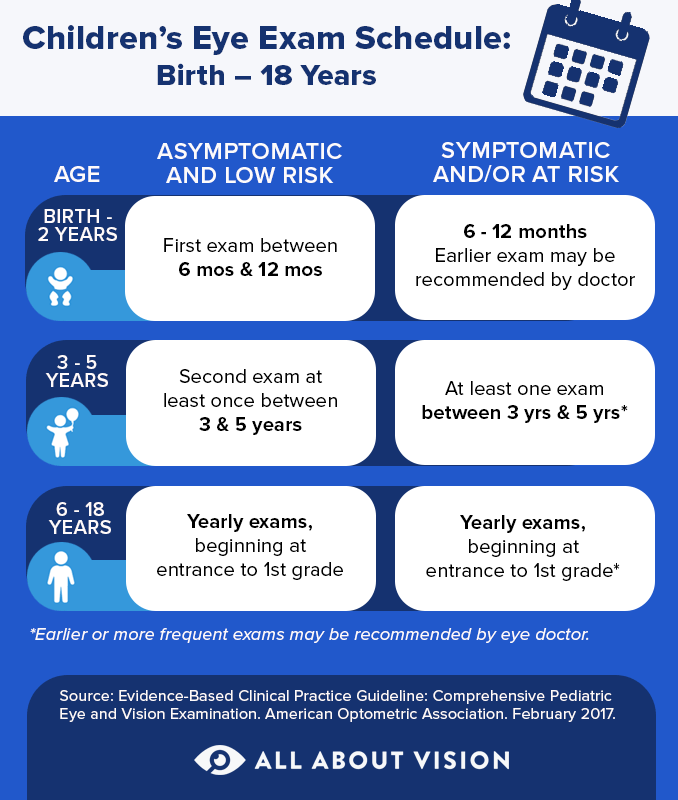
If it’s been more than a year since your child’s last eye exam, schedule one today with an eye doctor near you.

